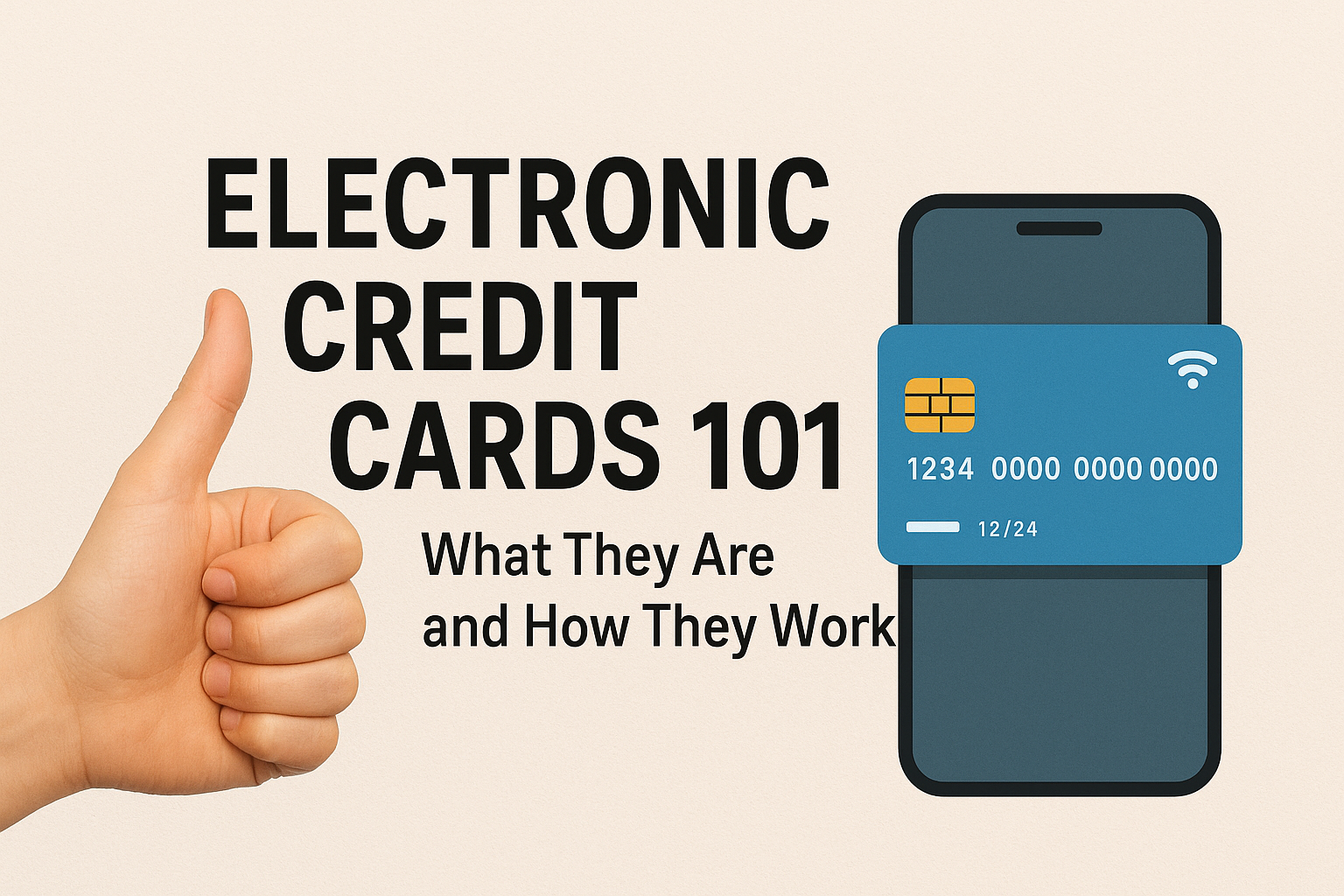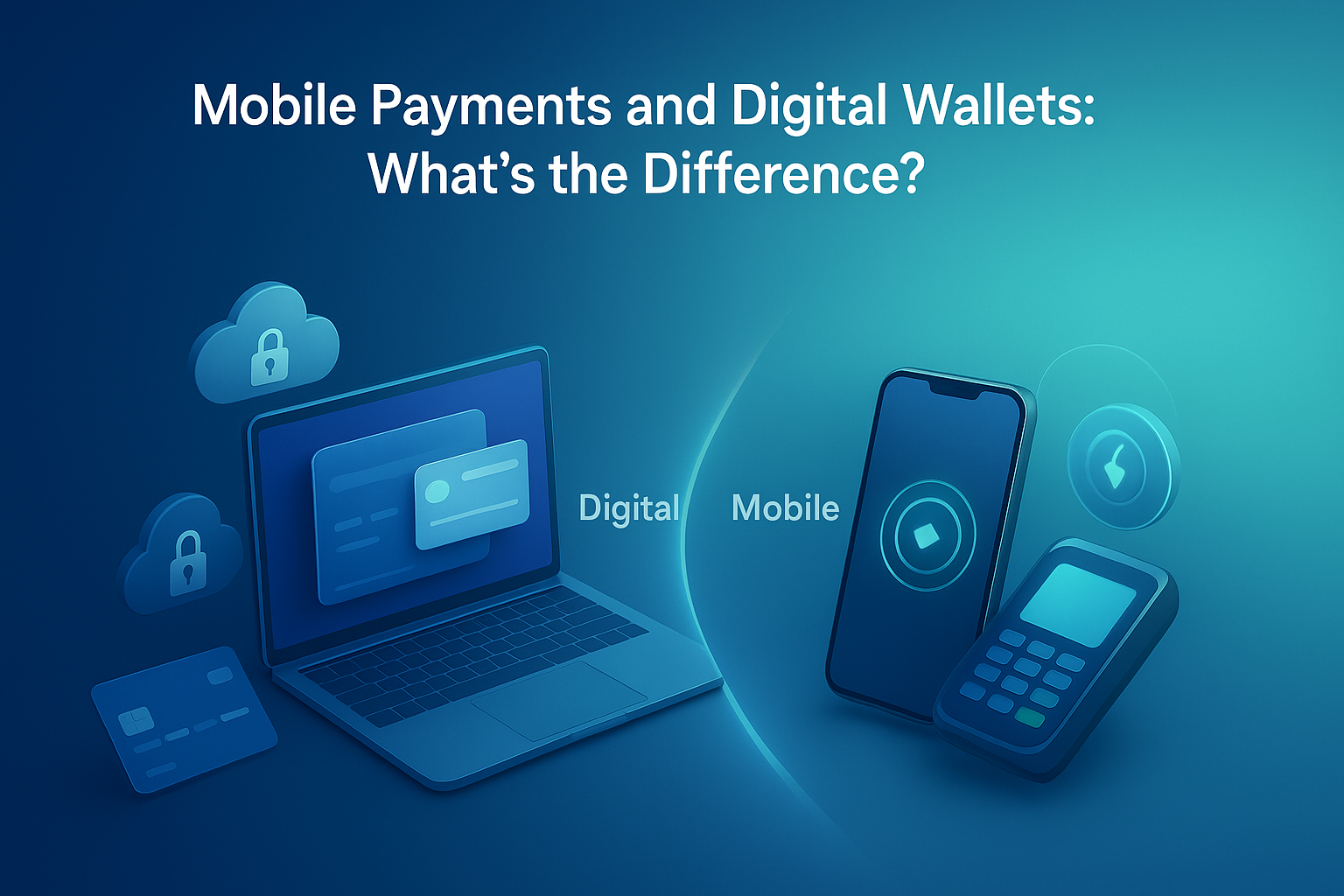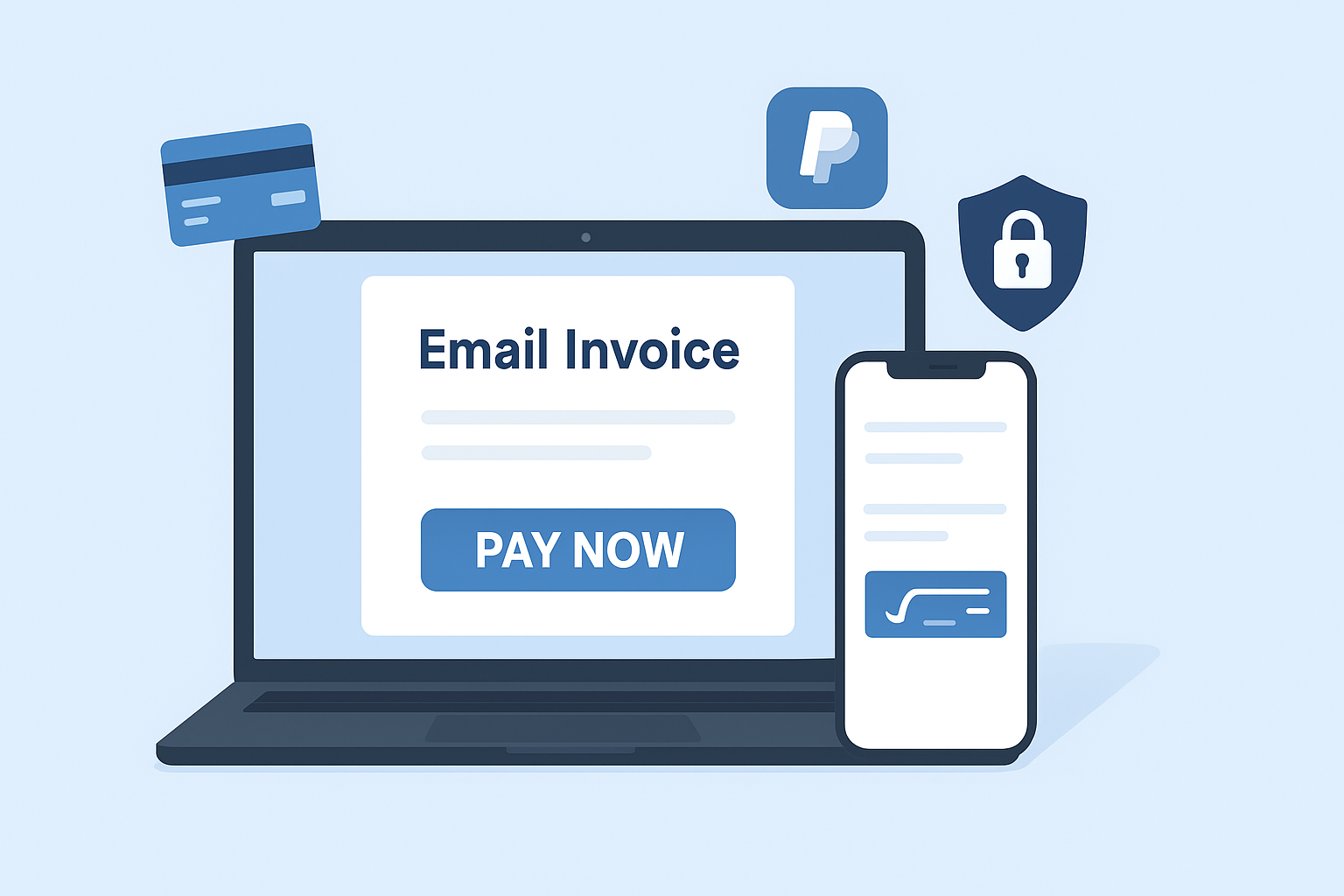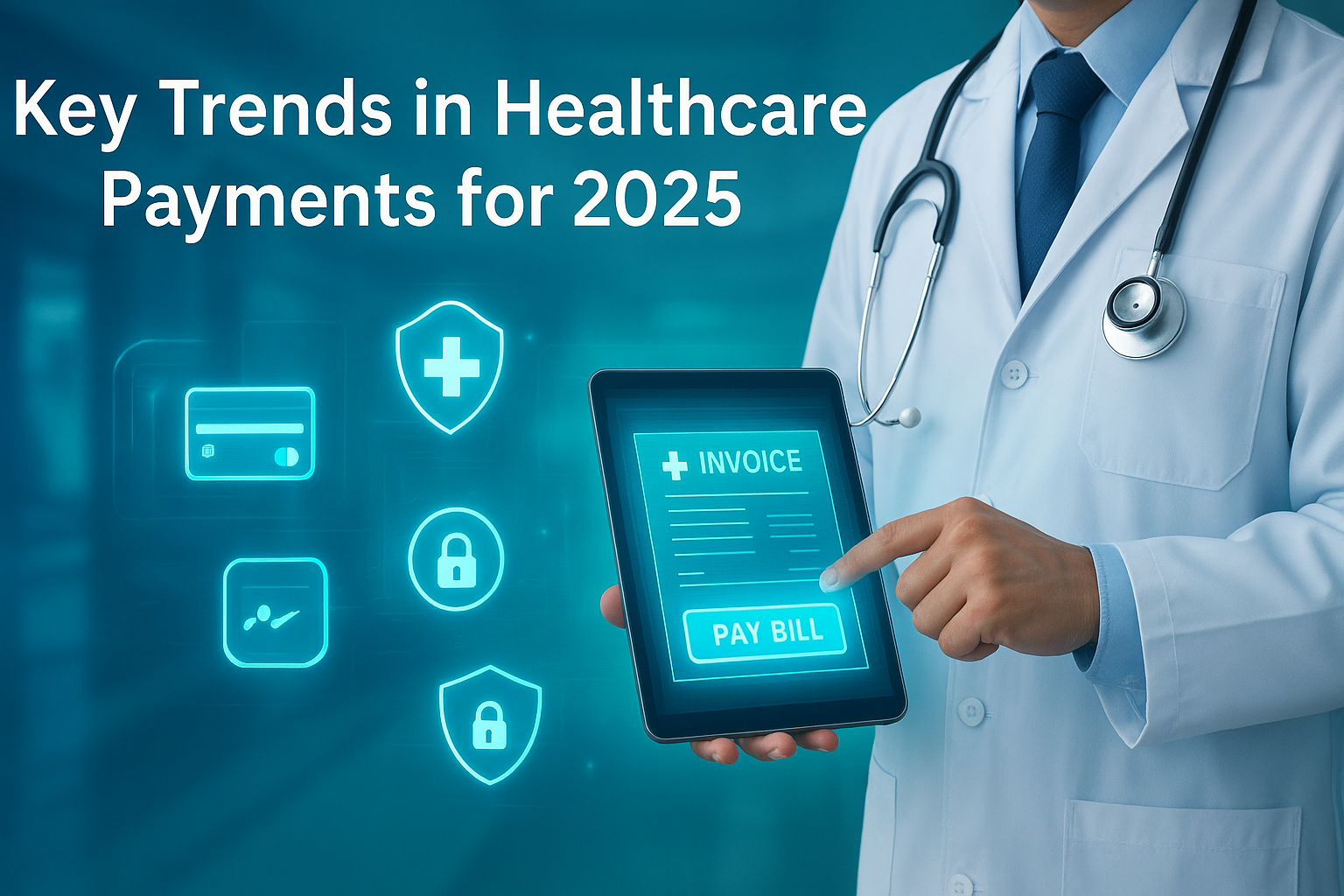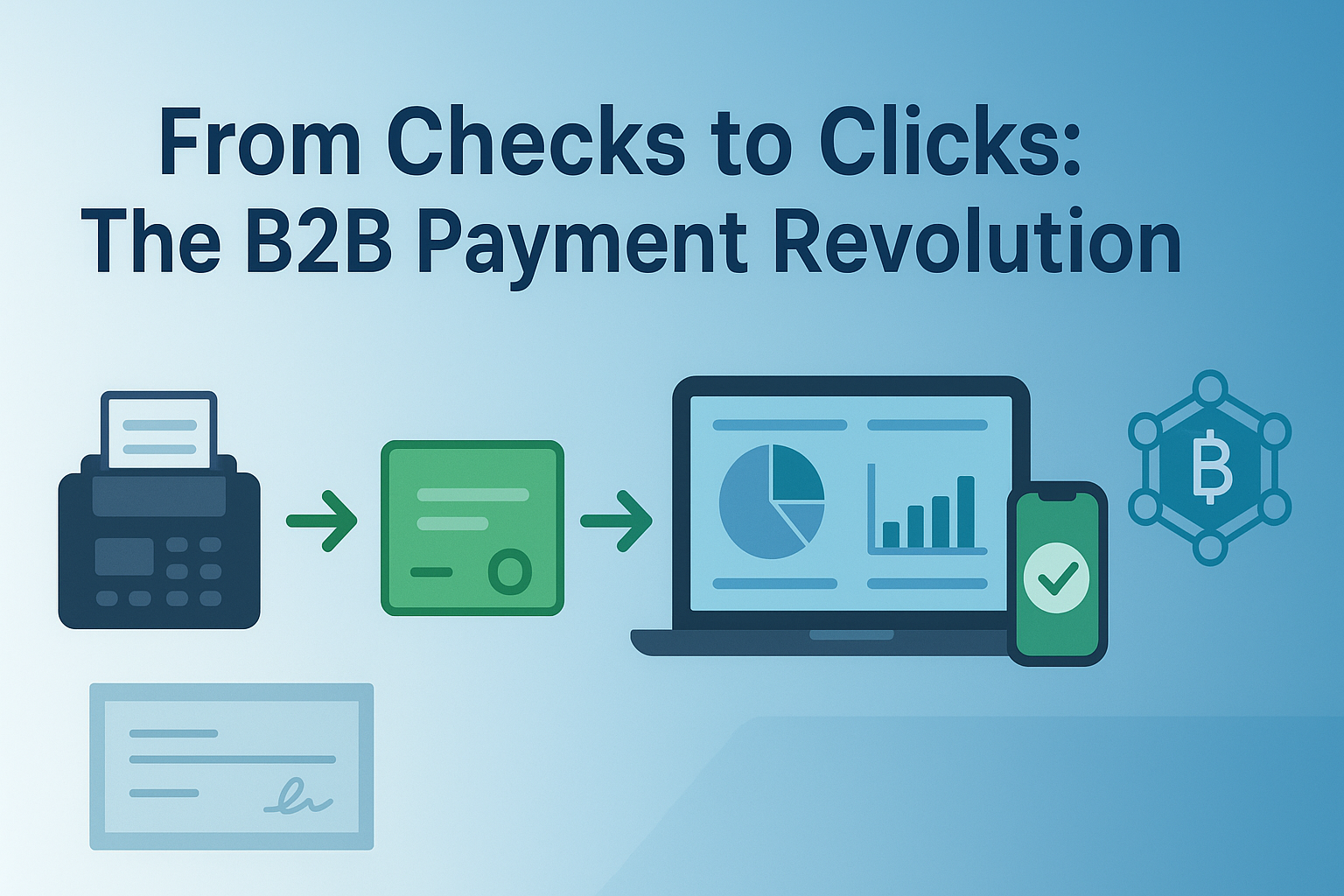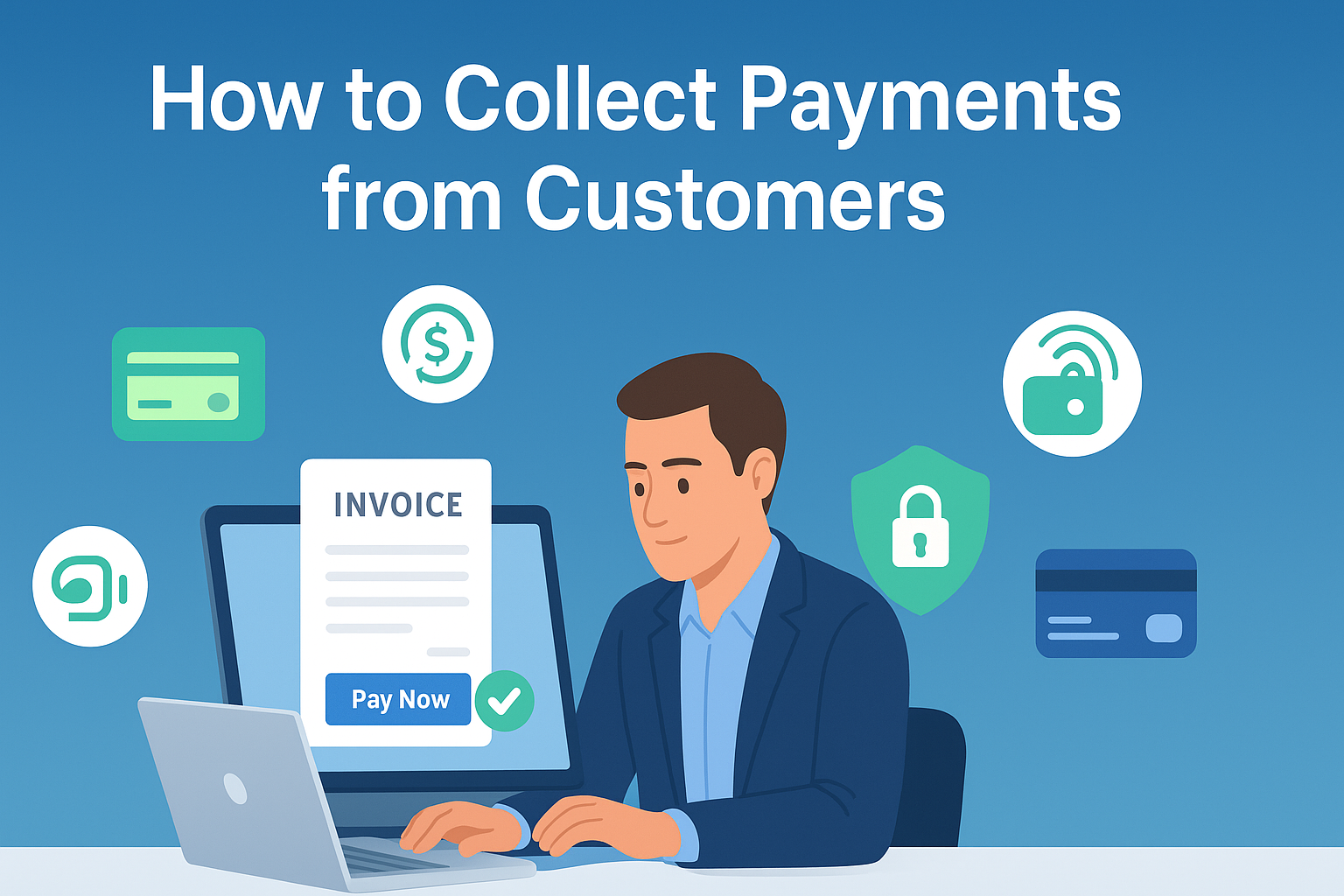Let’s face it—between digital wallets, contactless payments, and one-click checkouts, the way we pay for things has changed a lot. If you’ve ever Googled something like “How do electronic credit cards work?” or “Are digital credit cards safe?”—you’re not alone.
Electronic credit cards (also known as virtual credit cards or digital cards) are becoming a go-to option for both consumers and businesses who want speed, flexibility, and added security. If you’re still carrying around a bulky wallet full of plastic cards, it might be time to rethink the way you pay.
So, let’s break it all down in simple terms: what electronic credit cards are, how they differ from physical cards, why they matter, and how businesses can issue them using today’s best payment processing solutions.
What Is an Electronic Credit Card?
An electronic credit card is exactly what it sounds like—a credit card that lives in your phone or computer instead of your wallet. It has all the essentials: a card number, expiration date, CVV, and sometimes a billing address, but it’s stored and accessed digitally.
These cards are typically issued through banks, credit card companies, or payment processing solutions providers and can be used for online shopping, mobile payments, and even in-store purchases through digital wallets like Apple Pay or Google Pay.
So, if you’ve ever typed in “How do virtual credit cards work?”, the short answer is that they work just like physical cards—just without the plastic.
How Does an Electronic Credit Card Work?
Okay, here’s the part that usually gets people wondering: How does an electronic credit card actually work?
Once a digital card is issued to you (usually via an app or online platform), you’ll receive the card number, CVV, and expiration date. You can then:
- Add it to your digital wallet (like Apple Pay or Samsung Pay)
- Use it to shop online like a normal credit card
- Set spending limits or expiration dates (great for businesses or one-time purchases)
Behind the scenes, payment processing solutions take care of the technical stuff, ensuring the transaction goes from your bank or credit provider to the merchant securely and instantly. Some virtual cards even generate a unique number for each purchase, adding another layer of protection.
How Do Electronic Credit Cards Differ From Physical Cards?
Electronic credit cards differ from physical cards primarily in their format and usage. While physical cards are tangible items that users can carry and swipe at point-of-sale terminals, electronic credit cards exist in a digital format, often accessed through mobile wallets or apps. This digital nature allows for quicker transactions and enhanced security features, such as tokenization and biometric authentication. Additionally, electronic cards can facilitate online shopping and subscriptions, making them more convenient for tech-savvy consumers.
What Are the Benefits of Electronic Credit Cards?
Now, let’s talk perks. If you’re asking, “Why should I use a virtual card?” there are plenty of good reasons:
1. Enhanced Security
Most digital cards use temporary numbers or tokenized payments. That means even if a hacker gets your card details, they’re useless for future purchases. Many payment processing solutions now include fraud detection and alerts, too.
2. Instant Issuance
No waiting around for the mailman. You can generate and use a virtual credit card in minutes, perfect for last-minute travel bookings or emergencies.
3. Budget Control
Looking to keep a tight rein on spending? Many electronic credit cards let you set limits, freeze/unfreeze the card, or make it valid for a single transaction.
4. Easy Integration with Digital Wallets
Apple Pay, Google Pay, Samsung Pay—you name it. These cards play well with all the major mobile wallets and POS terminals that accept contactless payments.
5. Environmental Bonus
No plastic, no printing, no postage. If you’ve been searching for “eco-friendly payment options”, digital cards are a win.
How Can Businesses Issue Electronic Credit Cards?
If you’re running a company and Googling “how to issue virtual credit cards for employees” or “the best way to control employee spending,” good news—there are now tons of tools for that.
Here’s how businesses typically issue them:
- Choose a Payment Provider – Look for payment processing solutions that offer virtual card management (e.g., Stripe, Brex, Ramp, or Airbase).
- Create Employee Cards – Generate individual cards for employees with set limits, categories, or expiration dates.
- Monitor Transactions in Real Time – You can track purchases, block unauthorized spending, and generate reports.
- Automate Expense Management – Sync cards with accounting platforms like QuickBooks or Xero for easy reconciliation.
This setup is ideal for companies that need to manage travel budgets, software subscriptions, or employee reimbursements—all without the hassle of paper receipts or reimbursement delays.
What Are Common Use Cases for Electronic Credit Cards?
Virtual cards aren’t just a cool tech novelty. People are actively searching “When should I use a digital card?” because they’re super practical. Some of the most popular uses include:
- Business Expenses: Assigning cards to specific departments or projects keeps finances organized.
- Online Shopping: Great for limiting exposure during checkout, especially on new or unfamiliar websites.
- One-Time Purchases: Need to make a single payment and don’t want to risk your main card? Use a virtual card.
- International Payments: Avoid carrying multiple cards when traveling abroad. Use a digital card on your phone.
- Subscription Services: Tired of being charged for forgotten subscriptions? Use a card with a set expiration date.
What Security Features Make Electronic Credit Cards Safer?
If your top question is, “Are electronic credit cards secure?”—you’re not being paranoid. Security is actually one of their biggest selling points.
Here’s what makes them safer than traditional cards:
- Tokenization – Replace your real card number with a temporary one.
- Dynamic CVV – Some cards change their CVV every few minutes.
- Instant Locking – Freeze or cancel your card in seconds from your phone.
- No Physical Theft – Since there’s nothing to steal from your wallet, the risk of card loss is minimal.
- Alerts & Monitoring – Most payment processing solutions provide real-time transaction notifications.
In fact, major banks and fintechs are integrating virtual cards into their payment processing solutions precisely because they help reduce fraud.
So, Should You Make the Switch?
If you’re still stuck deciding between physical and virtual cards, here’s a simple truth: You don’t have to choose. You can—and probably should—use both. Keep your physical card as a backup, but lean into the ease and safety of electronic credit cards for everyday use.
And if you’re a business, adopting payment processing solutions with virtual card functionality isn’t just smart—it’s essential for staying competitive, secure, and streamlined.
Wrapping It Up
To recap:
- Electronic credit cards are secure, fast, and easy to use.
- They’re great for personal use and even better for business expense management.
- The right payment processing solutions make issuing and tracking virtual cards a breeze.
Whether you’re shopping online, running a business, or just trying to keep your financial data safe, electronic credit cards are a modern payment method worth embracing.
If you’ve been Googling “How do digital credit cards work?” or “Is a virtual card better than a physical card?”—now you have your answer.

